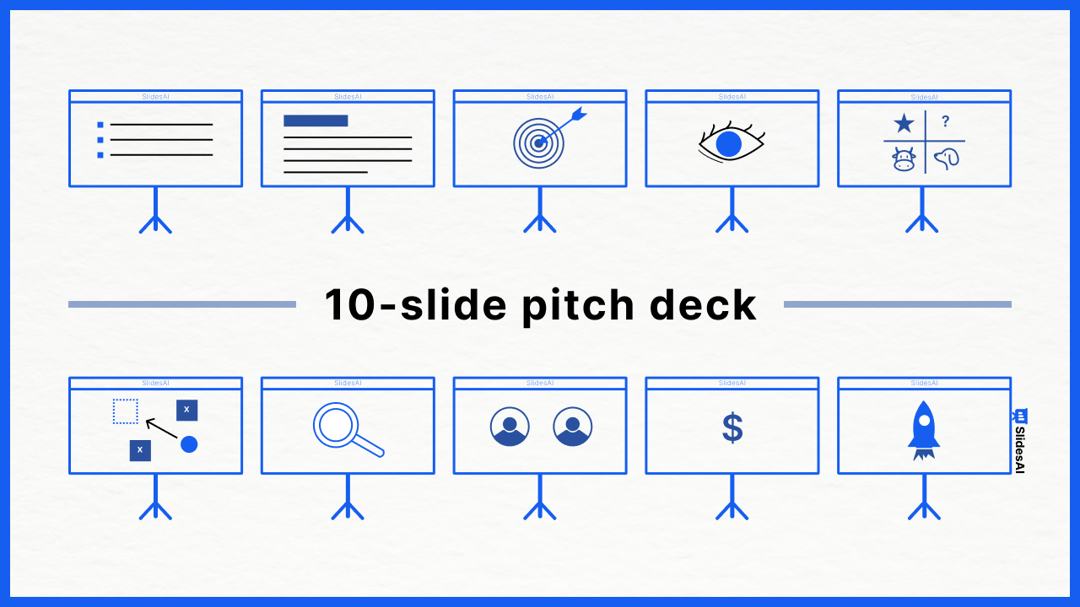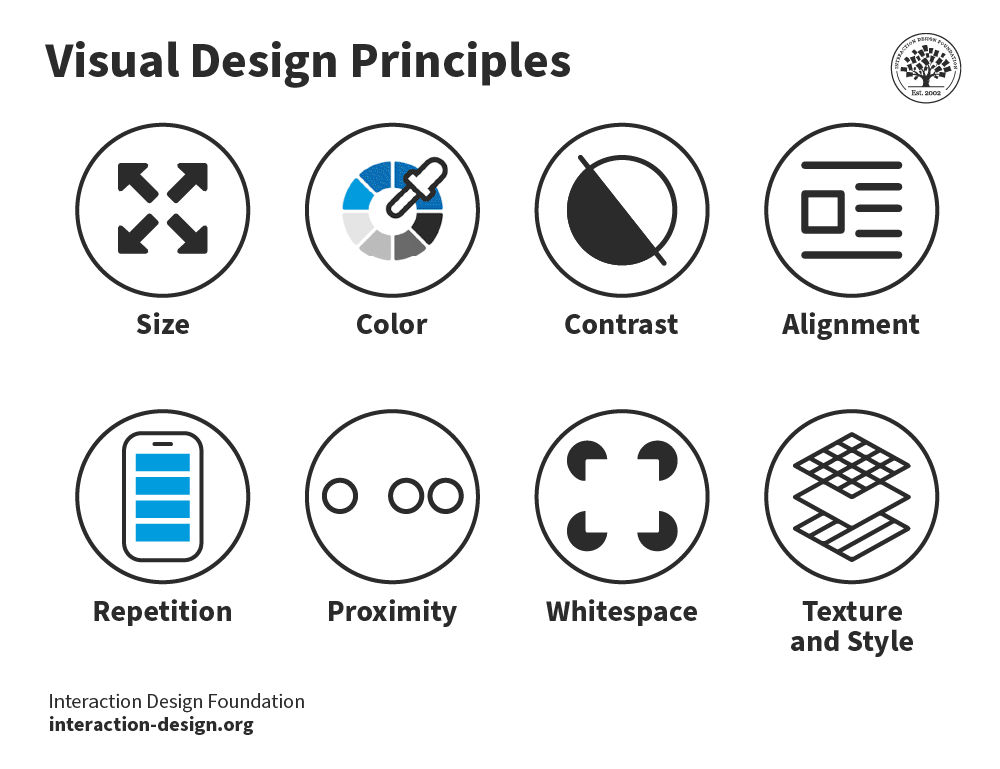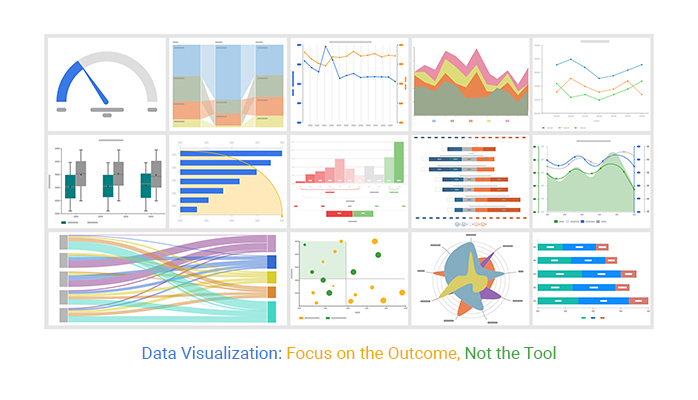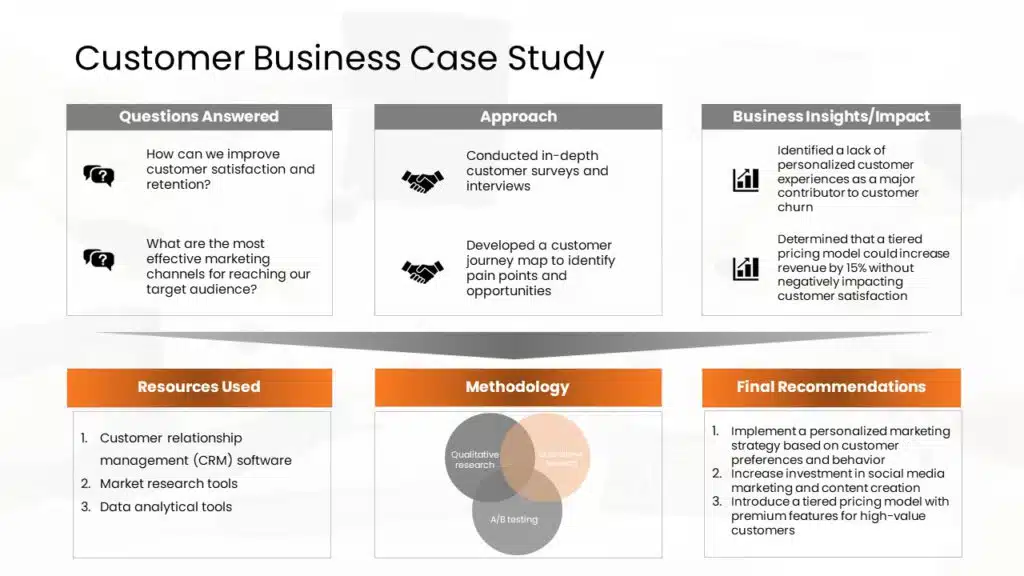Crafting a Team Slide That Makes Investors Say "Yes"
Understanding the psychology and design principles behind investor-winning team presentations
I've sat through hundreds of pitch meetings and noticed one consistent pattern: investors may say they're evaluating your market size or technology, but they're really sizing up your team. In this guide, I'll share my insights on creating team slides that instantly build credibility and show investors why your specific group of people is uniquely positioned to execute on your vision.
The Psychology of Investor Decision-Making
I've learned through years of fundraising experience that when investors say they "invest in people, not just ideas," they're not just reciting a platitude. They're revealing a fundamental truth about how investment decisions are actually made.

According to research, investors spend an average of 3 minutes and 44 seconds reviewing a pitch deck. Within that brief window, your team slide must instantly communicate competence, cohesion, and capability.
I've observed that this evaluation happens on both conscious and subconscious levels:
Conscious Evaluation
- Relevant industry experience
- Track record of success
- Domain expertise
- Previous startup experience
Subconscious Signals
- Team chemistry and complementary skills
- Attention to detail in presentation
- Confidence vs. arrogance balance
- Cultural fit with investor philosophy
The Risk-Perception Relationship
I've found that team credibility directly correlates to perceived risk reduction. When investors believe in your team's ability to execute, they're mentally discounting the risks associated with your venture.
This is why I always emphasize that your team slide isn't just a formality—it's a strategic risk-reduction tool that can make the difference between a "yes" and a "no" in the investor's decision process. When crafting investor communication materials, your team presentation deserves as much strategic thought as your market size or financial projections.
Essential Components of a Winning Team Slide
Through my work with hundreds of founders, I've identified the critical elements that make team slides instantly compelling to investors. Let's break down the anatomy of a perfect team slide:
Anatomy of a Winning Team Slide
flowchart TD
A[Team Slide] --> B[Visual Elements]
A --> C[Content Elements]
A --> D[Strategic Elements]
B --> B1[Professional Photos]
B --> B2[Consistent Layout]
B --> B3[Visual Hierarchy]
B --> B4[Brand Alignment]
C --> C1[Relevant Credentials]
C --> C2[Role Clarity]
C --> C3[Previous Wins]
C --> C4[Domain Expertise]
D --> D1[Team Chemistry Indicators]
D --> D2[Gap Acknowledgment]
D --> D3[Advisor Leverage]
D --> D4[Future Team Plans]
Core Visual Elements
I always recommend focusing on visual clarity that commands attention without overwhelming. Your team slide should be instantly scannable while conveying professionalism.
Do:
- Use consistent, high-quality headshots
- Create visual balance between team members
- Implement subtle hierarchy for founders/key roles
- Maintain whitespace for readability
Don't:
- Use mismatched photo styles or backgrounds
- Cram too many team members on one slide
- Include tiny, unreadable text
- Use distracting backgrounds or effects
When working with larger teams, I use PageOn.ai's AI Blocks to create visually cohesive team presentations while maintaining individual personality. This allows me to establish a consistent visual language while highlighting each person's unique contributions.
Strategic Placement of Credentials
Not all credentials are created equal. I've learned that the most effective team slides strategically highlight the experiences and achievements that directly relate to your specific business challenges.

For a fintech startup, highlighting your CTO's previous experience at a major financial institution carries more weight than their general programming skills. For a biotech venture, your scientist's publications in relevant journals matter more than general research experience.
I recommend creating a credential hierarchy that emphasizes:
- Domain-specific experience directly related to your venture
- Previous startup success or relevant corporate innovation
- Evidence of working well under uncertainty
- Complementary skills across the founding team
Demonstrating Team Chemistry
Beyond individual qualifications, investors want to see evidence that your team functions well together. This is often communicated subtly through:
- Brief mention of how/when founders met or previous collaboration
- Complementary skill sets that create a complete picture
- Consistent communication style across team members
- Shared vision statement or team values
I've found that using PageOn.ai's visualization tools helps demonstrate these connections in a way that's much more impactful than bullet points alone. Visualizing team relationships and complementary skills creates an instant understanding of why this specific group of people belongs together.
Tailoring Your Team Story to Your Funding Stage
I've noticed that one of the biggest mistakes founders make is using the same team presentation approach regardless of their funding stage. The team story that works for pre-seed is very different from what's expected at Series A.
Team Emphasis by Funding Stage
Pre-seed vs. Series A Differences
Pre-seed Focus
- Vision and passion for the problem
- Domain expertise and unique insights
- Evidence of hustle and resourcefulness
- Early validation and learning orientation
- Coachability and adaptation
Series A Focus
- Proven execution ability and traction
- Strategic hiring decisions and team building
- Clear role specialization and structure
- Evidence of effective leadership and management
- Track record of hitting milestones
I've seen countless founders fail to adapt their team story as they progress through funding stages. What impressed investors at pre-seed (your passion and vision) becomes table stakes by Series A, where execution evidence takes center stage.
Addressing Team Gaps Honestly
No founding team is perfect, and investors know this. I've found that acknowledging gaps strategically can actually build trust—if done correctly.
The Gap Acknowledgment Formula
- Identify the gap honestly but frame it as an opportunity
- Explain your current solution or workaround
- Share your specific plan to address it (timeline, profile, budget)
- Connect to your fundraising ask if relevant
For example: "We're currently managing marketing through a combination of my previous experience and a specialized agency. With this round, we plan to hire a CMO with SaaS growth expertise in Q3, and we've already identified several potential candidates through our advisor network."
Using PageOn.ai's Deep Search, I can incorporate relevant industry benchmarks for team composition that show investors we understand what an optimal team looks like for our specific industry and stage.
Solo Founders vs. Larger Founding Teams

Solo founders face unique challenges when presenting their team slide. I recommend these specific strategies:
- Highlight your specific domain expertise and execution evidence more prominently
- Showcase your advisor network as an extension of your capabilities
- Demonstrate self-awareness about the challenges of solo founding
- Present a clear hiring roadmap that shows you understand team needs
- Provide examples of previous successful collaboration
For larger founding teams, the challenge shifts to demonstrating cohesion and clear role definition:
- Clearly define each founder's domain of ownership
- Show decision-making structure and conflict resolution approach
- Highlight previous successful collaboration if applicable
- Demonstrate how skills are truly complementary, not redundant
Design Principles That Signal Professionalism
I've reviewed thousands of pitch decks, and I can tell you that design isn't just about aesthetics—it's about signaling competence. Your team slide's design immediately communicates your attention to detail and professionalism.
Typography and Layout Considerations

Typography Guidelines
- Use no more than 2 font families throughout your deck
- Ensure text is readable at a glance (min. 18pt for details)
- Create clear hierarchy with font weights, not just sizes
- Maintain consistent alignment across all text elements
Layout Principles
- Use a grid system for consistent placement
- Create visual balance between team members
- Maintain adequate whitespace for readability
- Ensure mobile/tablet readability for on-the-go investors
Photo Guidelines: Professional Without Being Sterile
Team photos set the tone for how investors perceive your company culture. I recommend striking a balance between professionalism and personality.
Team Photo Spectrum
flowchart LR
A[Too Casual] -->|"Unprofessional
perception"| B[Casual Professional]
B -->|"Balanced
approach"| C[Professional With Personality]
C -->|"Optimal
zone"| D[Traditional Professional]
D -->|"May appear
rigid"| E[Too Corporate]
style C fill:#FF8000,stroke:#333,stroke-width:2px
I've found these specific photo guidelines create the best impression:
- Consistent style and framing (head and shoulders or head to mid-torso)
- Neutral but not sterile backgrounds (subtle office, gradient, or blurred settings)
- Professional attire appropriate to your industry (tech can be more casual than finance)
- Natural expressions that convey approachability and confidence
- High resolution images that won't pixelate when projected
Using PageOn.ai's Vibe Creation feature, I can generate a consistent visual tone across team photos that matches our company culture while maintaining a professional appearance.
Creating Visual Hierarchy
Not all information on your team slide carries equal weight. I use visual hierarchy techniques to guide investors' eyes to the most important elements first.

Effective hierarchy techniques include:
- Size contrast for names vs. roles vs. credentials
- Strategic use of color to highlight key information
- Positioning most important team members in the natural reading pattern (left-to-right, top-to-bottom in Western cultures)
- Subtle background shading to group related information
- Icon usage to quickly communicate areas of expertise
Color Psychology and Team Cohesion
Color choices subtly influence how investors perceive your team's dynamics. I've studied how different color schemes affect perception of team attributes:
Color Impact on Team Perception
I recommend selecting a color palette that aligns with both your brand and the specific impression you want to create about your team:
- Blue tones convey trustworthiness, stability, and expertise (ideal for fintech, healthcare)
- Orange/red tones suggest energy, innovation, and boldness (good for consumer products, creative services)
- Green tones communicate growth, reliability, and balance (effective for sustainability, education)
- Purple tones suggest creativity, wisdom, and premium quality (luxury, creative technology)
The key is consistency between your team slide colors and your overall brand palette, creating a seamless visual experience that reinforces your company identity.
Beyond the Basics: Advanced Team Slide Strategies
Once you've mastered the fundamentals, I've found these advanced strategies can take your team slide from good to exceptional, creating a memorable impression that stays with investors.
Incorporating Mini-Case Studies
Rather than just listing past employers, I've seen dramatic results when founders include brief success stories that demonstrate relevant execution ability.
Mini-Case Study Formula
- Specific challenge faced that's relevant to current venture
- Action taken that demonstrates key skills
- Quantifiable result achieved
- Connection to current venture's challenges
For example, instead of just "Former VP of Growth at TechCorp," you might add: "Led growth team that increased user acquisition by 300% in 18 months through innovative channel strategy now being applied to our current market approach."

These mini-narratives are particularly effective when they demonstrate directly transferable skills or insights. I recommend including no more than one per key team member to maintain slide clarity.
Visualizing Complementary Skill Sets
One of the most compelling advanced techniques I use is creating visual representations of how team members' skills complement each other to form a complete execution picture.
Team Complementary Skills Visualization
flowchart TD
subgraph CEO["CEO - Sarah"]
C1[Vision & Strategy]
C2[Fundraising]
C3[Industry Connections]
end
subgraph CTO["CTO - Michael"]
T1[Technical Architecture]
T2[AI Expertise]
T3[Team Leadership]
end
subgraph CPO["CPO - Aisha"]
P1[User Research]
P2[Product Roadmap]
P3[Market Analysis]
end
subgraph COO["COO - David"]
O1[Operations]
O2[Finance]
O3[Legal/Compliance]
end
CEO --- CTO
CEO --- CPO
CEO --- COO
CTO --- CPO
CTO --- COO
CPO --- COO
Using PageOn.ai's visualization tools, I can transform complex team dynamics into clear visual relationships that instantly communicate how our team is structured for success. These visualizations are particularly effective for demonstrating:
- How technical and business expertise complement each other
- Coverage of all critical business functions
- Decision-making flow and accountability
- How team structure maps to key business challenges
Strategic Name-Dropping
Previous company affiliations can significantly boost credibility, but I've found there's an art to leveraging these connections effectively without seeming boastful.
Effective Approaches
- Connect previous employer to specific relevant skills gained
- Highlight role and achievements, not just company name
- Mention specific relevant teams or projects
- Include logos subtly alongside text
Approaches to Avoid
- Listing prestigious companies with no context
- Overemphasizing brand names over actual contributions
- Including irrelevant past employers
- Dominating slide with oversized logos
The most effective approach I've seen is integrating previous company experience within a skills-based narrative: "Led machine learning team at Google developing recommendation algorithms, building expertise in the same technology stack we're now applying to our customer personalization engine."
Domain Expertise Through Visual Storytelling
For highly technical or specialized ventures, demonstrating deep domain expertise can be challenging. I've found that visual storytelling techniques can make complex expertise immediately accessible to investors.
Domain Expertise Visualization
Effective techniques I've used to visualize domain expertise include:
- Timeline showing industry involvement and key milestones
- Visualization of patents, publications, or research contributions
- Comparative analysis of team expertise vs. industry averages
- Network diagrams showing connections to key industry figures or institutions
- Visual mapping of experience to specific product/market challenges
Using PageOn.ai to transform complex expertise into clear visual stories helps investors immediately grasp why our team is uniquely positioned to succeed in our specific domain, even if they don't have deep technical knowledge themselves.
Common Team Slide Mistakes and How to Avoid Them
Throughout my career advising startups on high-stakes presentations, I've identified recurring mistakes that undermine even the strongest teams. Let's examine these pitfalls and how to avoid them.
Overloading with Irrelevant Credentials

One of the most common mistakes I see is founders trying to include every credential, degree, and achievement on their team slide. This approach actually dilutes impact rather than strengthening it.
Ineffective Approach
"Sarah Johnson, CEO - MBA from Stanford, previously Product Manager at Google, Microsoft, and Airbnb, led teams of 20+ people, increased revenue by 40%, launched 5 products, Board Member at Tech Alliance, speaker at 10+ conferences, author of 'Digital Transformation,' volunteer mentor..."
This overwhelming list makes it hard for investors to identify what's truly relevant.
Effective Approach
"Sarah Johnson, CEO - Led product at Airbnb, growing booking revenue 40% in 18 months. Stanford MBA with focus on marketplace dynamics."
This focused approach highlights only the most relevant experience for this specific venture.
I recommend a simple rule: for each credential or experience you include, ask "How does this specifically demonstrate my ability to execute on this particular venture?" If you can't draw a direct line, leave it out.
Misalignment Between Team and Business Challenges
Another critical mistake is failing to show how your team's specific capabilities align with the key challenges your business faces.
Team-Challenge Alignment Map
flowchart TD
subgraph Business Challenges
C1[Technical Complexity]
C2[Market Access]
C3[Regulatory Hurdles]
C4[Scaling Operations]
end
subgraph Team Capabilities
T1[Technical Expertise]
T2[Industry Connections]
T3[Compliance Knowledge]
T4[Operational Experience]
end
C1 --- T1
C2 --- T2
C3 --- T3
C4 --- T4
I always recommend explicitly connecting team strengths to business challenges. For example:
Team-Challenge Alignment Statement
"Our CTO's previous experience building scalable payment infrastructure at Square directly addresses our need to process high transaction volumes while maintaining bank-level security compliance."
This explicit connection helps investors understand not just who your team is, but why this specific team is ideally positioned to overcome your particular business challenges.
Poor Visual Execution
I've seen many strong teams undermine their credibility through poor visual execution of their team slide. Remember that visual quality signals attention to detail and professionalism.
Common Visual Mistakes
- Inconsistent photo styles
- Poor image resolution
- Cluttered layout
- Tiny, unreadable text
- Misaligned elements
Impact on Perception
- Suggests lack of attention to detail
- Implies rushed preparation
- Creates cognitive friction
- Distracts from content
- Undermines professionalism
Simple Solutions
- Use professional headshots
- Implement grid-based layout
- Ensure consistent spacing
- Limit text to essential information
- Maintain brand consistency
I've found that using PageOn.ai's templates and design tools helps maintain visual consistency while allowing for creative expression that matches your brand identity.
Failing to Demonstrate Why This Specific Team Configuration Matters
Perhaps the most subtle but important mistake is failing to tell the story of why your specific team combination creates unique value. Individual credentials are important, but the magic happens in how your team works together.
Team Synergy Statement Formula
- How/when the founding team came together
- Previous successful collaboration (if applicable)
- How specific skills complement each other
- Shared vision or values that unite the team
For example: "Our founding team first collaborated at MIT's AI Lab, where we published groundbreaking research on the same technology that powers our product. John's deep technical expertise complements Sarah's commercialization experience, allowing us to bridge the gap between cutting-edge research and market-ready products."
Using PageOn.ai to test different team presentation approaches has helped me identify the most effective ways to communicate our unique team chemistry to different investor audiences.
Measuring Team Slide Effectiveness
How do you know if your team slide is actually working? I've developed several approaches to test and refine team presentations before the real pitch.
Feedback Techniques
I recommend gathering structured feedback rather than just asking "What do you think?" Here are specific techniques I've found effective:
The 30-Second Test
Show your team slide to someone for exactly 30 seconds, then hide it and ask:
- What do you remember about our team?
- What seems to be our biggest strength?
- What questions do you have about our team?
- Based only on this, would you want to learn more?
The First Impression Grid
Ask reviewers to rate their immediate impressions on these dimensions:
- Competence (1-10)
- Trustworthiness (1-10)
- Experience relevance (1-10)
- Team completeness (1-10)
- Overall confidence in team (1-10)
These structured feedback approaches help identify specific areas for improvement rather than getting vague comments that may not address the core issues.
Key Metrics That Indicate Effectiveness
Based on my experience with hundreds of pitch decks, these are the key indicators that your team slide is working effectively:
Team Slide Effectiveness Metrics
Recall Rate
What percentage of your key team credentials do viewers remember after seeing your slide?
Target: >80% recall of core strengths
Confidence Score
How confident do viewers feel in your team's ability to execute (1-10 scale)?
Target: Average score >7.5
Question Quality
Are follow-up questions strategic rather than basic clarifications?
Target: >75% strategic questions
Follow-up Rate
What percentage of viewers want to learn more after seeing just your team slide?
Target: >70% express interest
Referral Rate
Would viewers refer you to others based on team strength alone?
Target: >60% willing to refer
A/B Testing Approaches
I've found that systematically testing different versions of your team presentation can yield powerful insights. Here's my recommended approach:
- Create 2-3 variations of your team slide, each with a single major difference (layout, content emphasis, visual style)
- Show each version to different groups of 5-10 people who represent your target investors
- Use consistent measurement criteria across all tests
- Analyze patterns in feedback rather than individual comments
- Implement the winning elements from each test into a final version
Common elements to test include:
- Photo size and style (formal vs. approachable)
- Amount of text per team member
- Emphasis on past companies vs. specific achievements
- Including vs. omitting advisors
- Different visual layouts and hierarchy
Using PageOn.ai for Team Slide Optimization
I've found PageOn.ai's agentic capabilities particularly valuable for generating variation options based on different investor profiles. This allows me to tailor our team presentation to specific audiences.
PageOn.ai Team Slide Optimization Process
flowchart TD
A[Input Team Data] --> B[Define Investor Profiles]
B --> C[Generate Variations]
C --> D[Collect Feedback]
D --> E[Analyze Results]
E --> F[Implement Winning Version]
subgraph "PageOn.ai Process"
C
D
E
end
For example, I can create variations optimized for:
- Technical VCs who prioritize deep domain expertise
- Former operators who value execution experience
- Early-stage investors focused on founder resilience and vision
- Strategic corporate investors looking for industry knowledge
PageOn.ai's ability to rapidly generate these variations and help analyze feedback patterns has significantly improved our team's presentation effectiveness across different investor types.
Transform Your Team Presentations with PageOn.ai
Ready to create team slides that instantly build investor confidence? PageOn.ai's powerful visualization tools make it easy to showcase your team's strengths in a way that's clear, compelling, and professionally designed.
Start Creating with PageOn.ai TodayFinal Thoughts: Your Team Slide as a Strategic Asset
Throughout this guide, I've shared my insights on creating team slides that do more than just introduce your people—they strategically build investor confidence and reduce perceived risk.
Remember that your team slide isn't just a formality in your pitch deck. It's a powerful tool for demonstrating why your specific group of people is uniquely positioned to execute on your vision and overcome the challenges ahead.
By applying the principles we've discussed—from understanding investor psychology to implementing advanced visualization techniques—you can transform your team presentation from a simple introduction into a compelling argument for investment.
I've seen firsthand how thoughtfully designed team slides can shift investor perception and open doors that might otherwise remain closed. With tools like PageOn.ai, even founders without design experience can create professional, impactful team presentations that instantly communicate competence and capability.
The difference between a good team slide and a great one often comes down to how effectively you tell your team's story. By focusing on relevance, visual clarity, and strategic messaging, you can create a team presentation that makes investors say "yes" to learning more about your venture.
You Might Also Like
Visualizing Fluency: Transform English Learning for Non-Native Speakers | PageOn.ai
Discover innovative visual strategies to enhance English fluency for non-native speakers. Learn how to transform abstract language concepts into clear visual frameworks using PageOn.ai.
From Slides to Stories: Transform Presentations into Purpose-Driven Visual Experiences
Discover how to move beyond traditional PowerPoint presentations to create purpose-driven visual experiences that engage audiences, drive action, and leave lasting impact.
From What to Why in Business Presentations: Purpose-Driven Storytelling Strategy
Transform your business presentations from data-heavy information delivery to purpose-driven storytelling that engages audiences and drives decisions with these expert strategies.
Breaking the Ice: Transform Your Opening Minute from Predictable to Powerful
Discover how to transform the first 60 seconds of your presentation from cliché to compelling with visual hooks, interactive strategies, and storytelling techniques using PageOn.ai.
